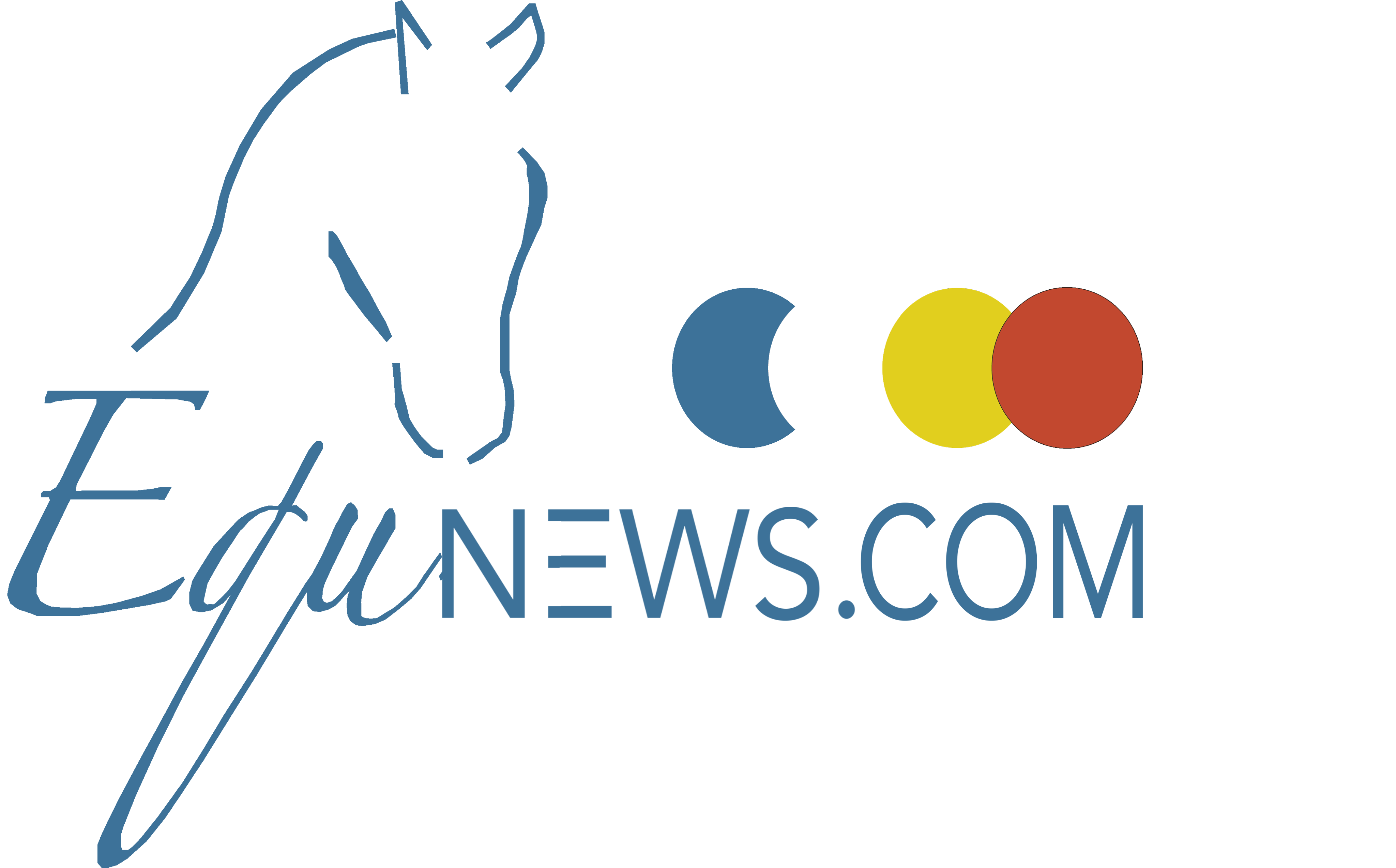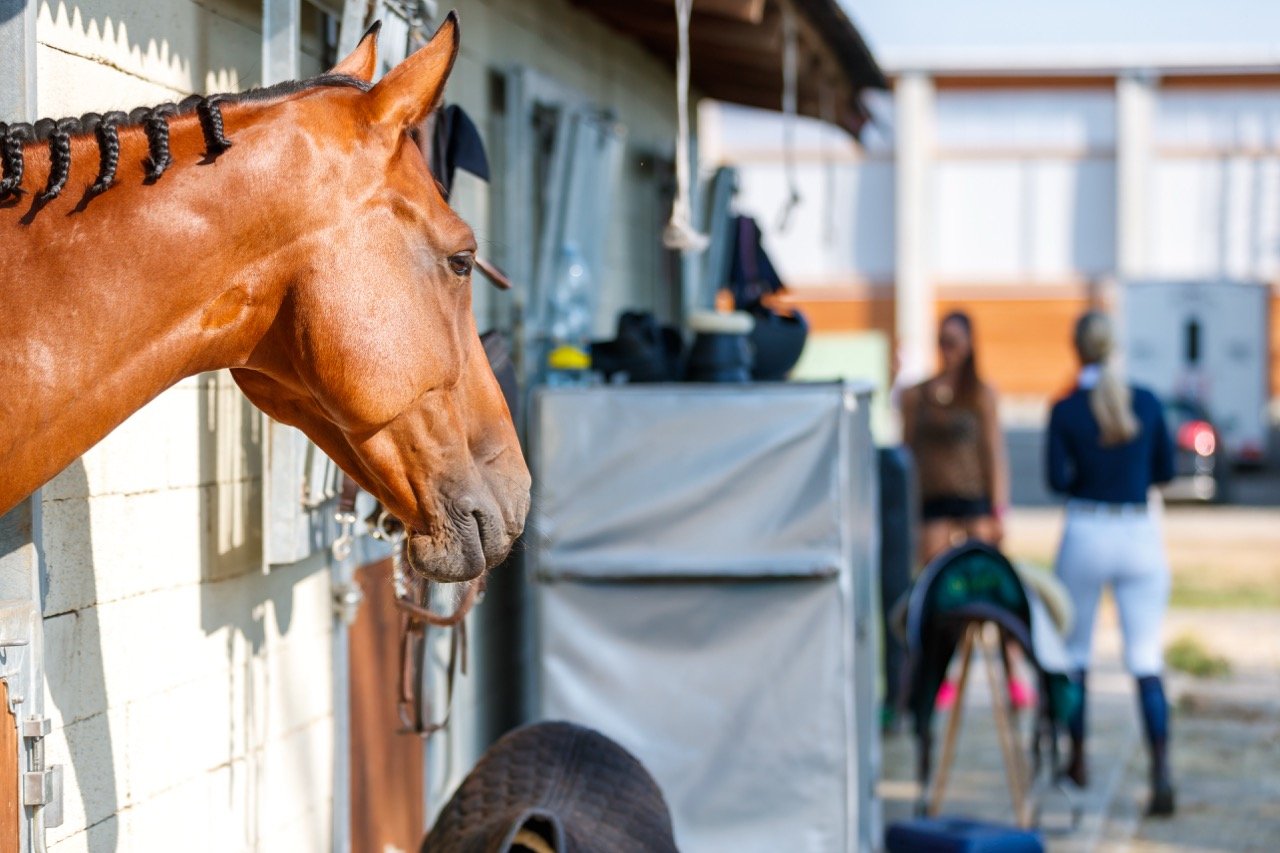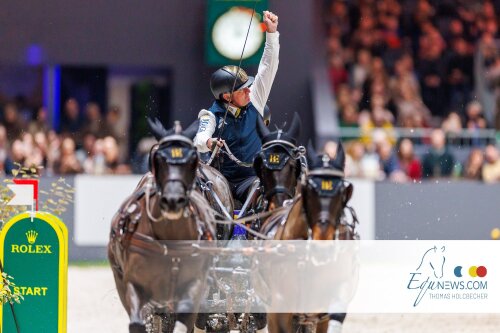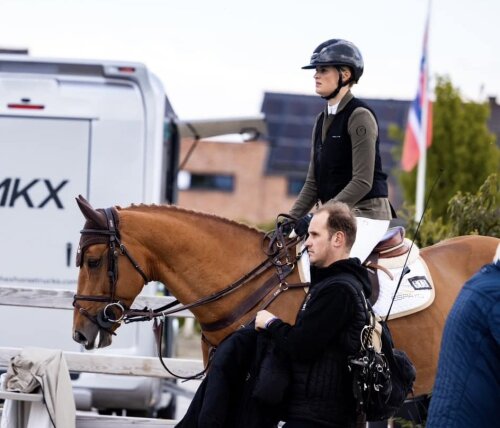Anyone who spends time in the stables has likely seen it: a horse rhythmically rocking from one foreleg to the other, moving its head and neck side to side. This behavior, known as weaving, may seem harmless at first glance, but it isn’t. It’s a sign that a horse is not feeling comfortable in its environment. Weaving usually indicates stress, frustration, or boredom, and it occurs more often than we think.

This article is exclusive for our members
Become a member and get unlimited access to all our articles
Login€5,50/ month
€55,00/ year
- Unlimited access to all equnews digital content.
- Unlimited access to equitube's courses.
- Unlimited access to all video content.
€99,00/ year
- Unlimited access to all equnews digital content.
- Unlimited access to equitube's courses.
- Unlimited access to all video content.
- Receive de Paarden Gazet in your letterbox every month.
- Digital access to the Paarden Gazet online.
€6/edition
or€62,00/ year
- Receive de Paarden Gazet in your letterbox every month.
- Digital access to the Paarden Gazet online.
€1,99/article
- Read this article now.
- Buy you infinite access to just this article.
- Access to other EQU+ content is for subscribers only.



